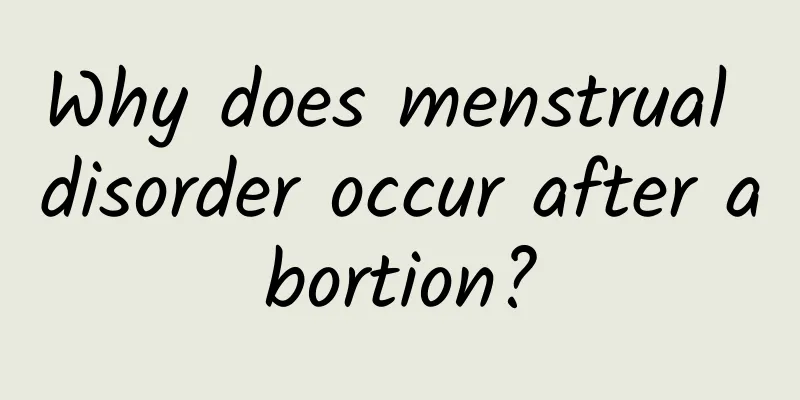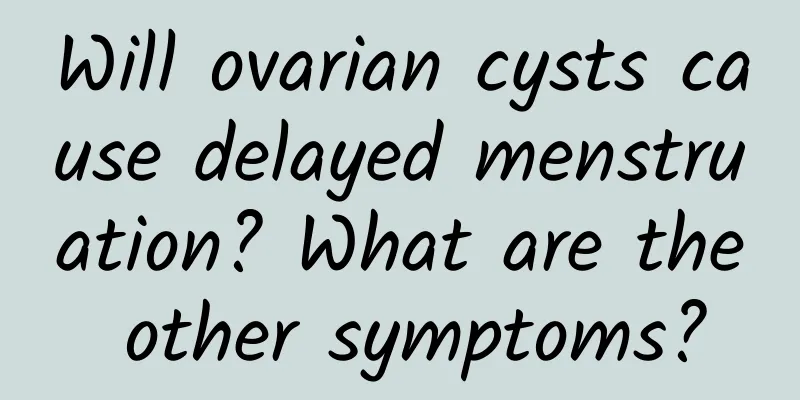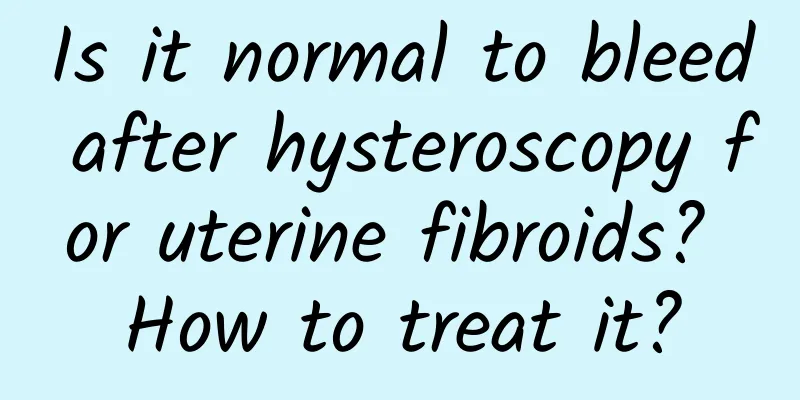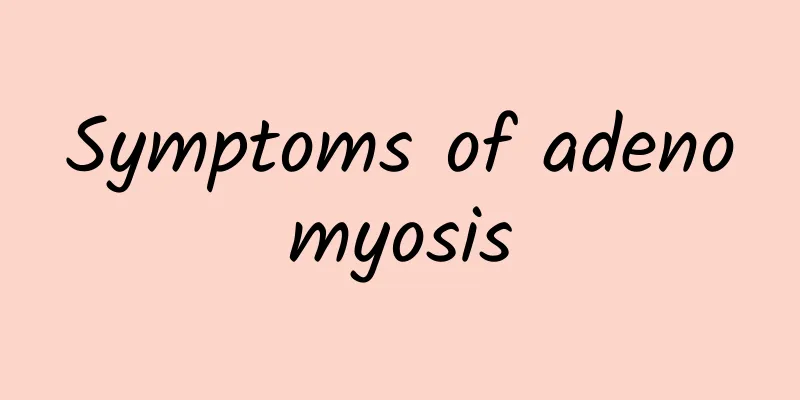Can ovarian cysts cause back pain? What are the common complications?
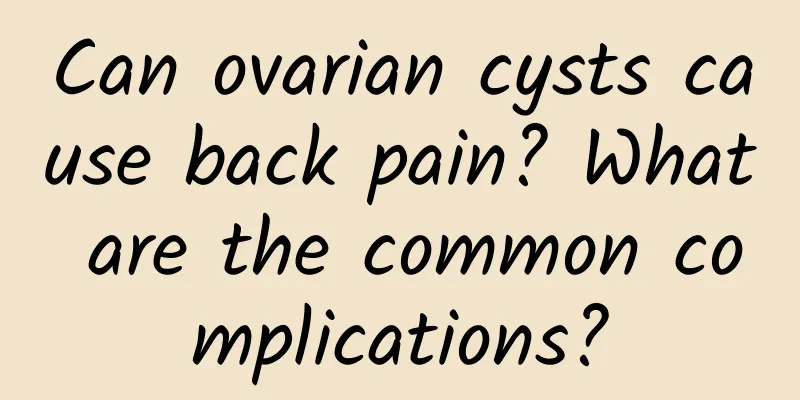
|
Can ovarian cysts cause back pain? What are the common complications? Ovarian cysts have no obvious clinical manifestations in the early stages, and patients are often found only during gynecological examinations when they seek medical treatment for other diseases. Generally speaking, functional ovarian cysts, skin cysts, serous cysts, and mucinous cysts usually have no symptoms. If a cyst gets bigger, it may cause dull pain or swelling in the lower abdomen or back. It may also put pressure on the bladder, causing frequent or difficult urination. It may even develop into complications, become infected, become twisted, bleed, or burst. complication: 1. Infection. Infection is rare, and its main symptoms are fever, abdominal pain, elevated white blood cell count and varying degrees of peritonitis. 2. Pedicle torsion. Pedicle torsion is relatively common and is one of the acute gynecological abdominal diseases. It is more common in cystic tumors with long pedicles, medium size, large mobility, and center of gravity biased to one side. It often occurs when the body position changes suddenly, in early pregnancy or after delivery. After the pedicle is torsion, it causes congestion, purple-brown color, and even rupture of blood vessels and bleeding. In acute pedicle torsion, the patient suddenly has severe pain in the lower abdomen. In severe cases, symptoms such as nausea, vomiting, and even shock may occur. During the examination, the abdominal wall muscles on the affected side are tense, tenderness is significant, and the mass has greater tension. After diagnosis, the tumor should be surgically removed immediately. 3. Tumor rupture. Spontaneous rupture may occur due to ischemic necrosis of the cyst wall or erosion of the cyst wall by the tumor. Traumatic rupture may occur due to squeezing, childbirth, gynecological examination, and puncture. After rupture, the cyst fluid flows into the abdominal cavity, irritating the peritoneum, causing severe abdominal pain, nausea, vomiting, and even shock. During the examination, there are signs of peritoneal irritation such as abdominal wall tension, tenderness, and rebound pain, and the original mass shrinks or disappears. After diagnosis, laparotomy should be performed immediately to remove the cyst and clean the abdominal cavity. 4. Malignant transformation. Malignant transformation of benign ovarian cysts often occurs in older women, especially postmenopausal women. The tumor grows rapidly in a short period of time, and the patient will experience abdominal distension and loss of appetite. During examination, the tumor volume is significantly increased and there is often ascites. |
<<: How to treat ovarian cysts surgically
Recommend
Early symptoms of ectopic pregnancy may include lower abdominal pain
Since the early symptoms of ectopic pregnancy are...
What causes uterine fibroids and how to prevent them
Uterine fibroids are mainly caused by multiple fa...
I love eating white rice as my staple food, which makes me a sweet lover! Eating white rice in the morning may affect your health
While enjoying delicious food, you should also st...
Briefly introduce some preventive measures for pelvic inflammatory disease
You should know that pelvic inflammatory disease ...
Several common treatments for cervical erosion
As women's social status improves, they also ...
How long does it take to get your period after a medical abortion? Please be sure to see a doctor
After a female medical abortion, due to changes i...
What are the reasons for delayed menstruation?
Delayed menstruation is a common clinical symptom...
Why don't you have your period?
Why doesn’t my period come? Absence of menstruati...
The more you chew, the easier it is to lose weight! 12 Food Replacement Methods You Must Know for Weight Loss
When it comes to eating, are you a "wolf eat...
Is 19mm of pelvic fluid serious?
Pelvic fluid accumulation of 19 mm is usually not...
What factors can cause cervicitis
As one of the common gynecological diseases, cerv...
What is the cause and pathogenesis of functional uterine bleeding according to traditional Chinese medicine?
"Lan Feng is sick." This sentence from ...
Can I get pregnant if I have ovarian cysts? What are the medical treatments?
Can I get pregnant with ovarian cysts? What are t...
What are the harmful manifestations of Nabothian cyst?
What are the harmful manifestations of Nabothian ...
What you need to know before you start weight training! Beginners should start by learning BIG3
The most important exercises for weight training ...
